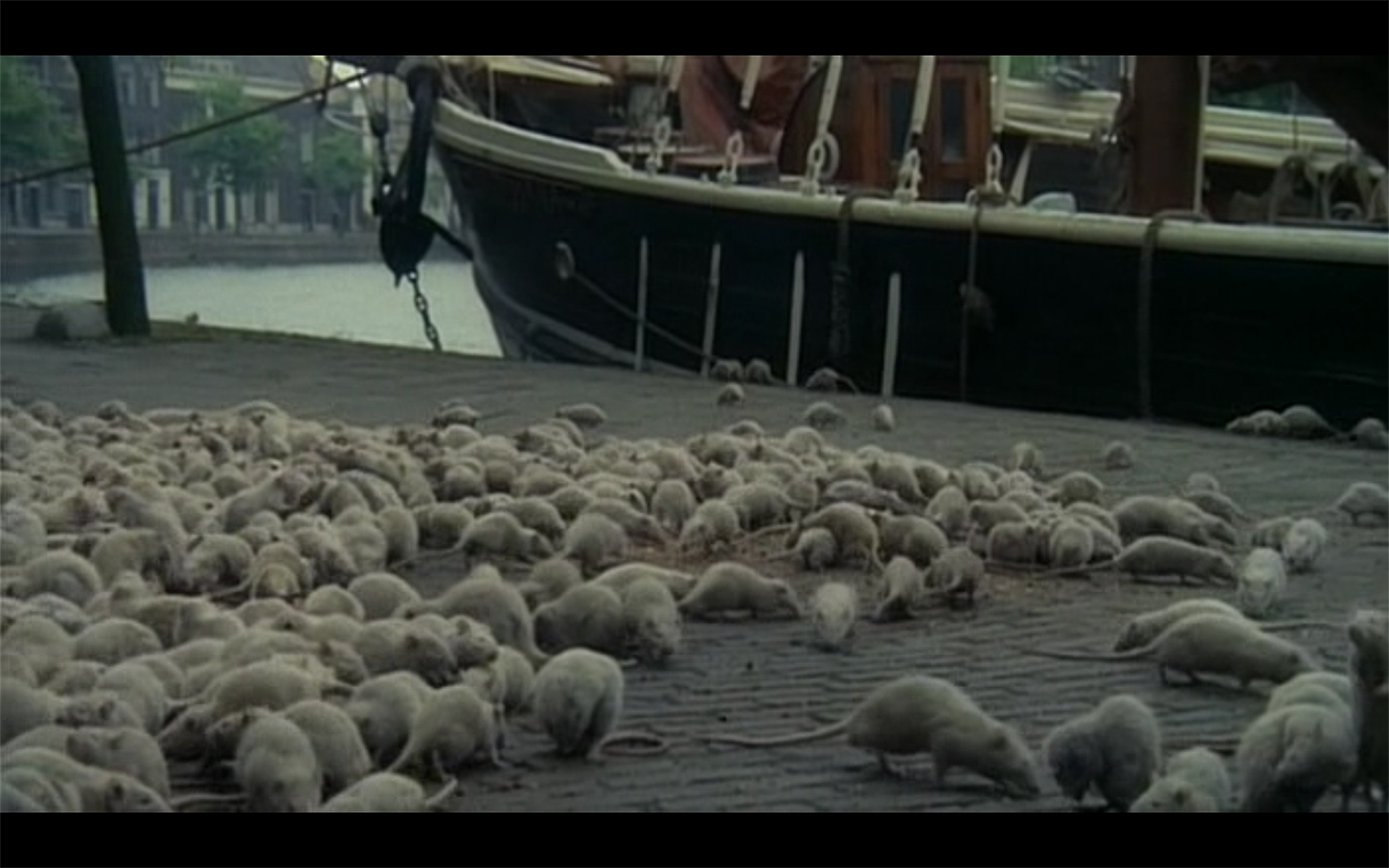Michel Foucault, Security, Territory, Population: Lectures at The Collège De France, 1977–78 (Palgrave Macmillan, 2006), 16–38.
Michel Foucault, History of Madness (Routledge, 2006), 6.
Michel Foucault, Discipline and Punish: The Birth of the Prison (Vintage Books), 195.
Foucault, Discipline and Punish, 198.
Michel Foucault, Discipline and Punish, 195
Michel Foucault, Discipline and Punish, 199
Emma Russel, “OCD: ‘I spent 20 years preparing for the coronavirus pandemic,’” BBC News, May 10, 2020 →
Hayk S. Arakelyan, “Coronavirus Infection, Mysophobia and Washing Hands,” ResearchGate, April 2020 →.
Arakelyan, “Coronavirus Infection, Mysophobia and Washing Hands.”
Sigmund Freud, The Standard Edition of the Complete Psychological Works, vol. X (Hogarth Press, 1955), 205.
Freud, The Standard Edition of the Complete Psychological Works, vol. X, 206.
Sigmund Freud The Freud Reader, ed. Peter Gay (W.W. Norton & Company, 1989), 310.
Freud, The Standard Edition, vol. X, 216.
Freud, The Standard Edition, vol. X, 195–6.
Sigmund Freud, The Standard Edition of the Complete Psychological Works, vol. XX (Hogarth Press, 1959), 122.
Sigmund Freud, The Standard Edition of the Complete Psychological Works, vol. XX.
The author thanks Alexander Pogrebnyak, who brought her attention to the story behind the choice of images for this essay. The rats Werner Herzog filmed in Nosferatu were in fact white laboratory rats. Instead of wild and scary, we see them tame and scared, stressed, perplexed.
